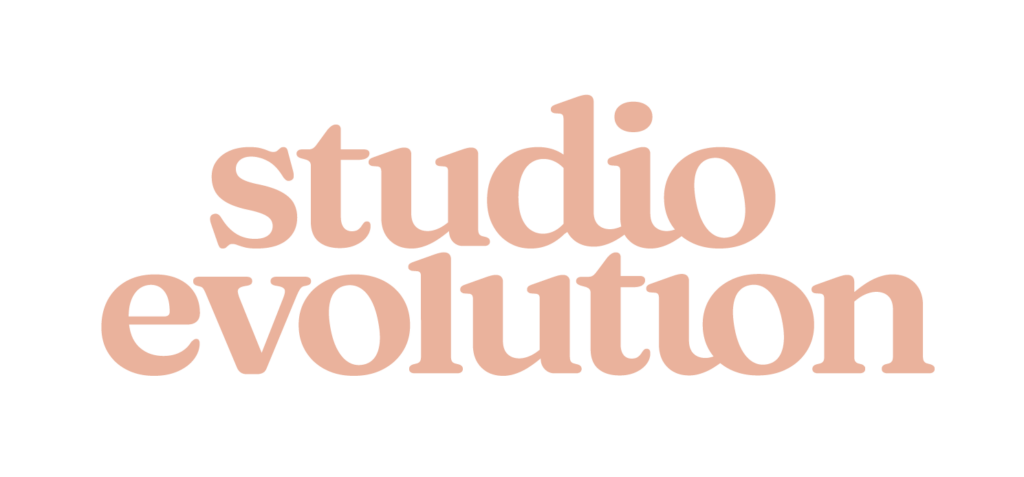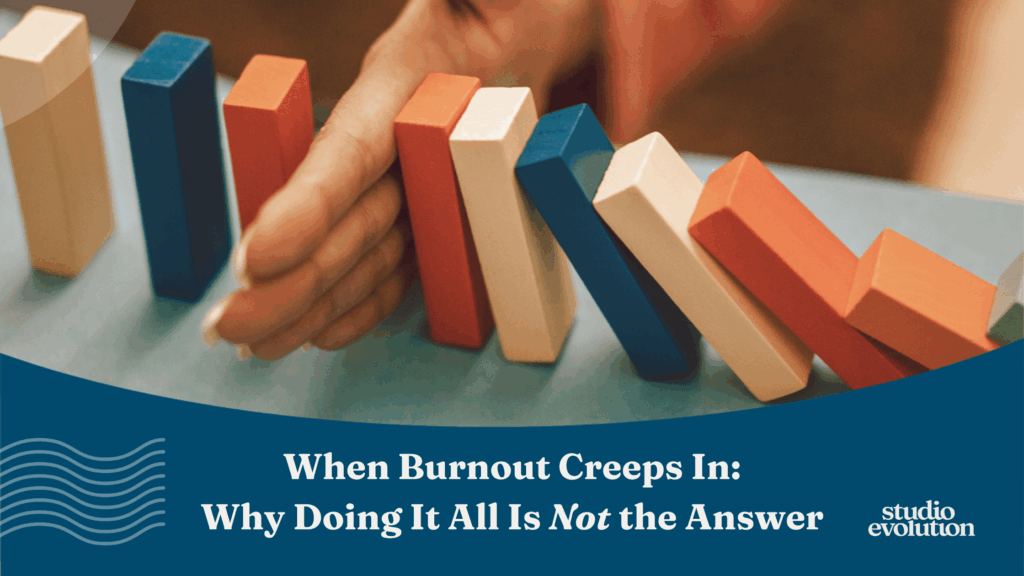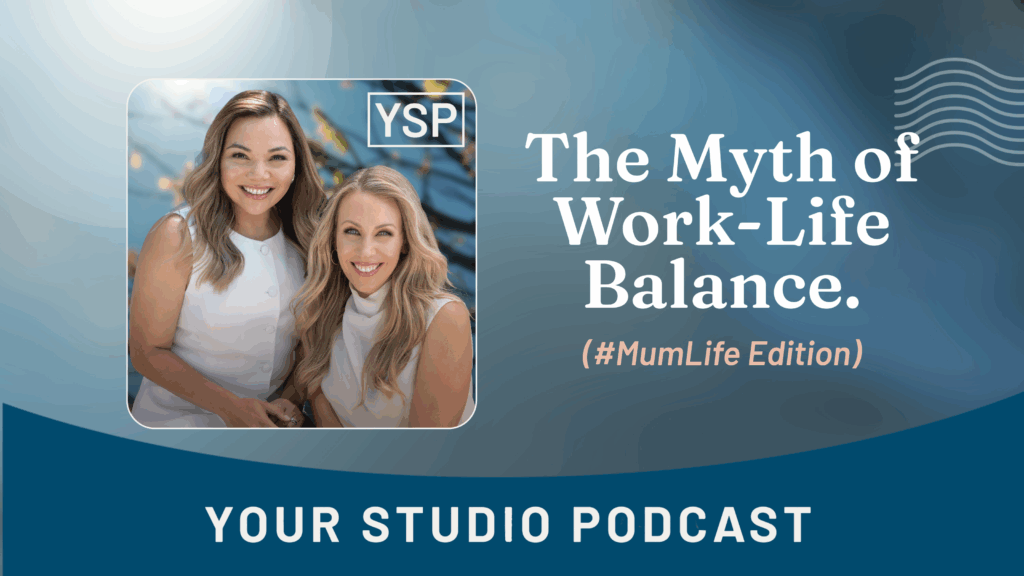Life as a studio owner is unrelenting. There never seems to be a down time. Between classes, planning performances, exams and seasonal events it’s not a surprise that a lot of studio owners are masters at multitasking.
But is that actually true? It turns out, multitasking isn’t possible. And more often than not we use it as a crutch to make ourselves feel better. Busy = productive right? Wrong!
The research shows that not only do multi-taskers do less they also miss more information. Much of the time wasted happens in the middle of task switching. So if you’re in the middle of sending out emails chasing payments and you switch to planning music for the end of year concert it takes an average of 15 minutes to re-orient back to the primary task. This 15 minutes applies every time you switch tasks and can lead to an efficiency drop of 40%. Long term memory and creativity are also victims of task switching as both decline with every time you lose focus.
It might feel like a great idea to quickly deal with another task in the middle of the thing you’re already doing you’re only lowering your concentration and elongating the time it will take to complete that task.
But why are we like this?
The reason is simple – social pressure. That social pressure is even more prevalent in the studio ownership industry. We want to improve our public persona, we want people to think that WE run the tightest studio in our area and this results in a panicked productivity that’s helpful to anyone, especially ourselves.
Our current levels of accessibility are a major issue. How many of your students have your mobile number and will frequently use it to tell you they’re not coming to class or to double check what time the Saturday workshop is on? It might seem harmless and innocuous but if you’re getting a dozen texts per day that’s a dozen times your focus is being pulled away from what you’re doing and a dozen 15 minute sessions of re-focussing after that distraction. That’s 3 hours per day of re-focussing time and that’s just for text messages.
We also need to look at the elephant in the room here – we like our phones and we like social media and that’s fine. Easy access to information makes us feel comfortable. And technology isn’t going anywhere so we have to learn to live with it.
So what’s the solution here?
- Make an effort to do one task at a time
Stick through it until completion. If your attention span starts to wobble just redirect to another task and avoid short term gains like checking Facebook. When you switch to the other task give it your full attention as long as you’re able to. Then switch back to the original task.
- Schedule break times
Turn your phone on silent and set a timer for concentration. Start with 20 mins and work your way up from there.
There’s no magic bullet here, just be aware of doing too many things at once and make it your mission this week to single task.
Give it a try!
All my best,
Chantelle














